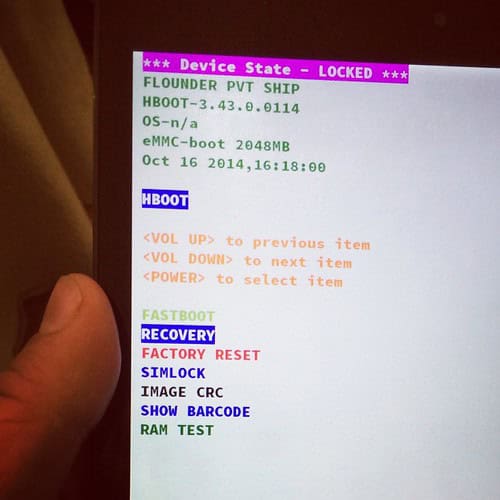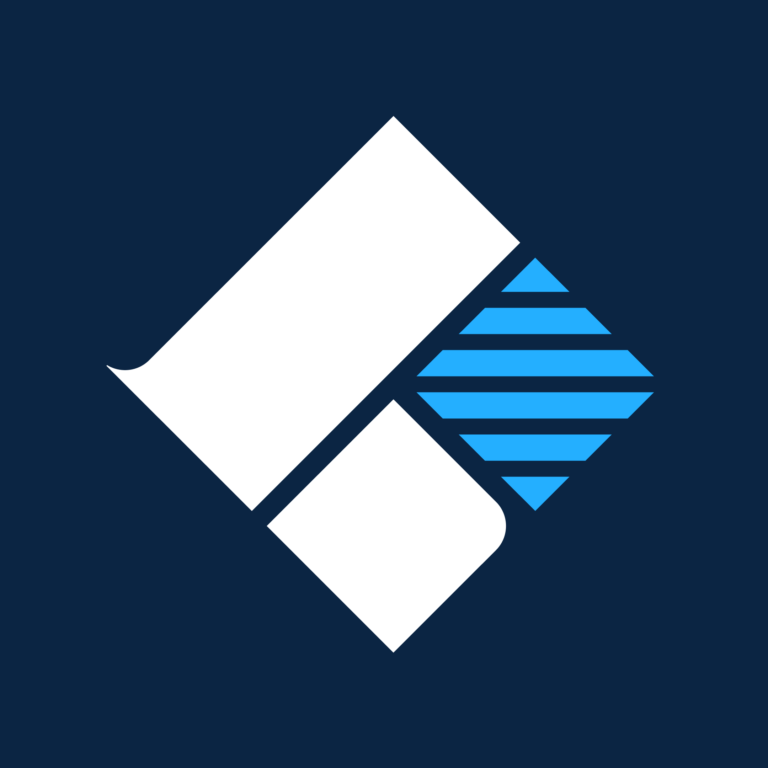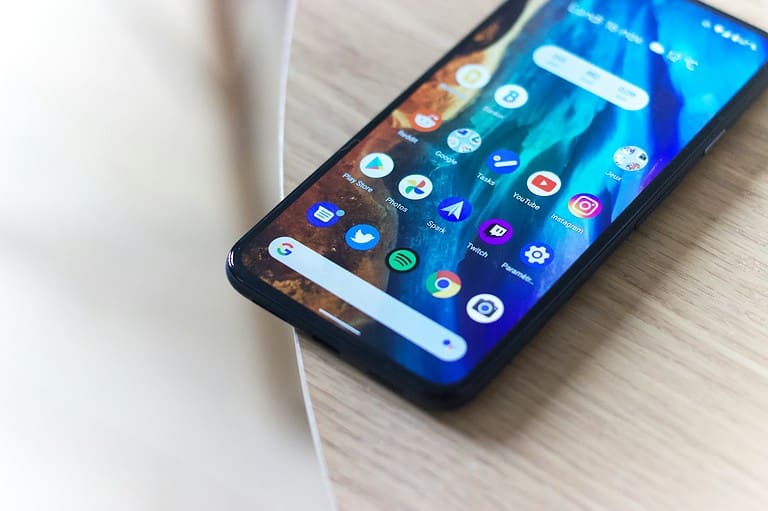
If you suspect your device has a virus, performing a factory reset can help. That’s because the factory reset process restores the data on your device back to what it was when you first bought it. In theory, it should remove most common viruses and malware that you may have gotten during use. However, there are some caveats to this.
Image Credit: https://www.flickr.com/photos/14934133@N00/15712343128
Some advanced threats may survive a factory reset and certain advanced viruses and malware can infect the factory reset partition on your device. While these types of viruses are more rare, if they do infect your system you will have a much harder time getting rid of them.
To stay safe after a reset, it’s recommended to install a good antivirus program and avoid sketchy websites and downloads. With proper care, most people can keep their devices virus-free even after dealing with an infection.

The Digital Detox: Factory Reset and Virus Removal
A factory reset is like hitting the refresh button on your device, wiping it clean and restoring it to its original state. This process can be very effective in removing viruses and other malware because it erases all data, including any malicious software that may have infected your system.
Why Factory Reset Works Against Viruses
- Complete Data Removal: A factory reset deletes all files, settings, and apps, leaving no place for viruses to hide.
- System Restoration: The operating system is reinstalled, eliminating any modifications made by the virus.
- Fresh Start: Your device returns to its factory settings, as if it were brand new, free from any infections.
Important Considerations
- Data Backup: Before performing a factory reset, back up all important data, as it will be permanently deleted.
- Virus Type: While effective against most common viruses, a factory reset may not remove deeply embedded or firmware-level malware.
- Prevention: After the reset, install reputable antivirus software and avoid downloading files from untrusted sources to prevent future infections.
Effectiveness of Factory Reset Against Different Malware Types
| Malware Type | Effectiveness of Factory Reset |
|---|---|
| Viruses | High |
| Spyware | High |
| Ransomware | High (but may not recover encrypted files) |
| Rootkits | Moderate (may require additional tools for complete removal) |
| Boot Sector Viruses | Low (may require specialized tools or reinstallation of the operating system) |
| Firmware-Level Malware | Low (may require specialized tools or hardware replacement) |
In conclusion, a factory reset is a powerful tool for removing most viruses and malware from your device. However, it is crucial to back up your data beforehand and take preventive measures to avoid future infections.

People Also Ask:
- Is a factory reset the only way to remove a virus? No, there are other methods, such as using antivirus software or seeking professional help. However, a factory reset offers a comprehensive solution for most common infections.
- Will a factory reset remove all types of malware? While effective against most viruses, a factory reset may not remove deeply embedded or firmware-level malware, requiring specialized tools or even hardware replacement in some cases.
- What should I do after a factory reset to prevent future infections? Install reputable antivirus software, keep your operating system and apps updated, and avoid downloading files from untrusted sources.
- Can I recover my data after a factory reset? Only if you have backed it up beforehand. A factory reset permanently deletes all data on your device.
Key Takeaways
- Factory resets remove most viruses but may not catch all of them
- Extra security steps are needed after a reset to stay protected
- Good habits help prevent new virus infections on clean devices
Understanding Factory Resets
Factory resets return devices to their original state. They erase data and remove most software issues. This process affects device settings, apps, and files.
What Is a Factory Reset?
A factory reset wipes a device clean. It removes all user data and installed apps. The device goes back to how it was when it first left the factory.
Factory resets fix many problems. They can speed up slow devices. They also remove viruses in most cases.
Users should back up important data before a reset. The process erases everything not part of the original system.
Differences Between Hard Reset and Factory Reset
A hard reset is not the same as a factory reset. Hard resets restart a device. They don’t erase data.
Factory resets erase all data. They return the device to its original state. Hard resets are quick fixes for minor issues. Factory resets solve bigger problems.
Some people use these terms wrong. It’s key to know the difference. Using the wrong reset can lead to data loss or not fix the issue.
The Role of Recovery Partition
The recovery partition is a special part of a device’s storage. It holds a copy of the original operating system.
During a factory reset, the device uses this partition. It reinstalls the original system files. This ensures the device returns to its factory state.
Not all devices have recovery partitions. Some use other methods to reset. Phones often download system files during resets. Computers may need install disks.
Efficacy of Factory Resets in Virus Removal
Factory resets can remove many viruses but have limits. Some malware may survive. Other steps often help keep devices safer.
Can Factory Resets Remove Viruses?
Factory resets can remove most common viruses from phones and computers. This process erases all data and settings. It returns the device to its original state.
Many viruses live in regular files or programs. A full reset wipes these out. This makes it an easy first step to try.
But resets aren’t perfect. Some very rare viruses can survive. These hide in special parts of the system.
Limitations Against Malware Types
Not all malware acts the same. Some types can resist factory resets:
- Rootkits: These hide deep in the system
- Bootkits: They infect the startup process
- Certain stubborn malware: Like XHelper on Android
These can survive by infecting core system files. Or they may hide in protected areas. Normal resets can’t always reach these spots.
Resets also don’t fix the cause. If bad habits led to the virus, it may come back.
When to Use Antivirus Software
Antivirus tools offer more thorough protection:
- They can find hidden malware
- Regular scans catch problems early
- Real-time shields block new threats
Use antivirus when:
- Resets don’t work
- You need ongoing protection
- Dealing with advanced threats
Good antivirus programs like Malwarebytes can catch tricky malware. They update often to spot new dangers.
Alternative Measures for Device Security
Beyond resets and antivirus, try these steps:
- Keep software updated
- Only download from trusted sources
- Use strong, unique passwords
- Enable two-factor authentication (2FA)
- Be careful with email links and attachments
A Virtual Private Network (VPN) adds privacy. It hides internet activity from spies.
Regular backups protect data if a reset is needed. Store them safely off the device.
Good habits beat many threats. They make devices harder targets for viruses.
Frequently Asked Questions
Factory resets can remove many viruses but may not catch everything. Some devices and malware types need extra steps for full removal.
Can a factory reset on Windows 10 eliminate virus infections?
A factory reset on Windows 10 gets rid of most viruses. It wipes the hard drive and reinstalls Windows. This removes infected files and programs.
But some stubborn viruses may survive. They can hide in backups or protected areas. For best results, use antivirus software after the reset.
Is a factory reset effective in removing malware from Windows 11 systems?
Factory resets work the same on Windows 11 as on Windows 10. They remove most malware by wiping the system. But extra care is needed for full protection.
Users should scan with antivirus software after the reset. This catches any leftover threats. Keeping Windows 11 updated also helps prevent new infections.
Does performing a factory reset on an Android device clear all viruses?
A factory reset usually removes viruses from Android phones. It erases all data and apps, including malware. But some advanced viruses may survive.
To be safe, users should back up data first. Then reset and scan with an antivirus app. Only reinstall apps from trusted sources after the reset.
Can an iPhone be completely cleansed of viruses by a factory reset?
iPhones rarely get viruses due to strict app controls. A factory reset clears most issues if they occur. It erases all content and settings.
After the reset, users should set up the iPhone as new. Avoid restoring from backups that might contain malware. Update to the latest iOS for best security.
Are there any types of malware that can survive a factory reset?
Some advanced malware can survive factory resets. These rare threats infect device firmware or hide in protected areas.
Examples include rootkits and bootkits. They’re hard to remove and may need expert help. Using trusted antivirus tools helps detect these tough viruses.
What steps should be taken to ensure all viruses are removed from a computer?
- Back up important files to a clean device.
- Run a full antivirus scan.
- Perform a factory reset.
- Update the operating system.
- Install a good antivirus program.
- Scan again before restoring data.
These steps help catch hidden threats. They also reduce the risk of reinfection from backups.






